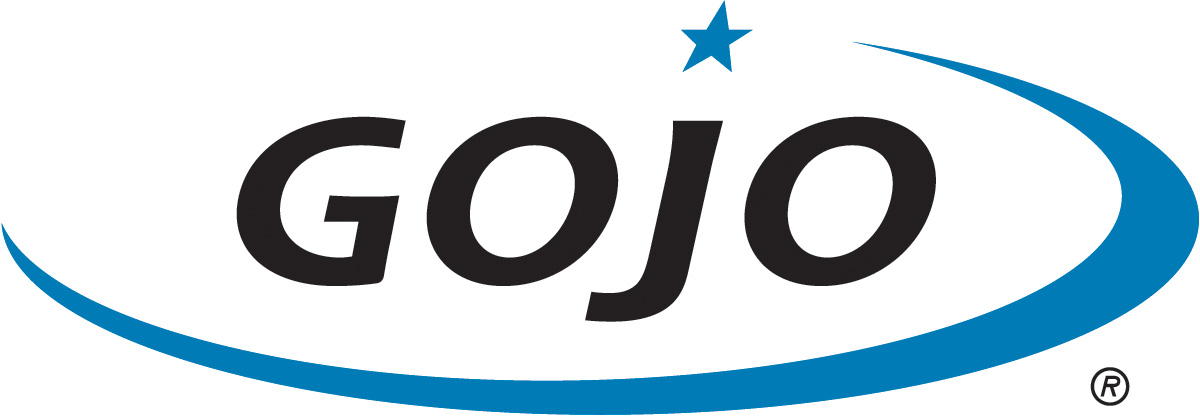Nature-Inspired Innovation Creating Sustainable Value
By Emily Kennedy, Biomimicry Fellow, GOJO

Posted on the GOJO Hand Hygiene Blog
Nature is all around us. For many of us, we may find solace in nature - peace, tranquility and inspiration. And for those of us who are working in biomimicry, we also find inspiration in nature – inspiration to create and innovate. Yet, we cannot innovate alone. Collaboration is a key driver of innovation.
In the fall of 2016, 40 individuals representing seven Northeast Ohio-based companies gathered together for the first-ever Biomimicry Open Innovation Session. This session was designed to leverage the collective brain power of the regional biomimicry community. Collaboration is about focusing on a common goal and that goal alone. The idea behind this session was to hone in our focus and not let outside distractions impact us. It was a time to explore, break down silos, ask questions, and brainstorm ideas that were out of the box and practical. It was also a time for us to gather together and share not only ideas but a passion for partnering to innovate.
“The diverse participation was great because it challenged ingrained ways of thinking,” said Dan Dietz, Senior Manager, R&D at The J.M. Smucker Company. “I'm looking forward to exposing more people within our organization to these events to have more ‘a-ha’ moments.”
This first session, which was organized by GOJO with support from Great Lakes Biomimicry, was designed to generate meaningful and unique solutions to reduce healthcare-associated infections (HAIs) using biological strategies as ideation stimulus. According to the Centers for Disease Control and Prevention, 1.7 million HAIs occur in U.S. hospitals each year, resulting in 99,000 deaths and an estimated $20 billion in healthcare costs. While many of us may not think of the impact an HAI might have, one could affect our lives at any time, which is why taking a closer look at different ways we can reduce the risk of HAIs is so important.
Designing the Session
When designing a session like this, it is important to identify a problem or challenge that has a significant impact and one in which possible new ways of thinking may help find a solution. The main focus is on education and collaboration – ensuring you provide enough background information on the challenge and making sure people in the room are willing to work together to identify a solution. Bringing in people from different industries is also critical to the success of a session like this since they may bring about new ideas and unique perspectives to problem solving.
For this session, participants received behind-the-scenes tours of central sterile processing and endoscope cleaning at University Hospitals in Cleveland to understand current infection control products/processes and opportunities for innovation. A presentation of biological strategies relevant to infection control delivered by GOJO Biomimicry Fellow Emily Kennedy followed. Biological strategies included how earthworms keep clean in their dirty habitat, how amphibians shed their skin as a means of removing parasites, and how ants dilute pathogens to manageable concentrations via social grooming. Next, participants brainstormed solutions to HAIs in breakout groups using the biological strategies to spark ideas.
The Results
In little over an hour, the groups generated more than 100 ideas. Yet, the ideas weren’t the only important results. It was the spark of creativity; the excitement that the ideas generated in this session could have a strong impact on reducing infection rates; the openness to collaborate and bringing new and different thinking into the room.
“What is exciting to me is the likelihood I felt, leaving the session, that actual shifts to process and technology might occur because of our efforts,” added Stephanie Diane Pierce, Director of Creativity, Tools and Processes at Great Lakes Biomimicry.
Best Practices
It is important to design this type of session with an open mind. Be sure to develop an agenda that allows for interaction and the exchange of ideas. Also, look for ways to encourage dialogue and for participants to ask questions. Throughout the session, highlight the fact this is about brainstorming and there are always opportunities to strengthen and enrich ideas.
“Through the first session, we were able to innovate without walls and successfully demonstrate the potential to incorporate cross-industry collaboration into the fabric of the Northeast Ohio Biomimicry Community,” said Steve Bromberg, Director of New Technology and Alliances, GOJO. “I’m excited to see where this effort leads as more organizations embrace biomimicry.”
Biomimicry is a process that truly drives innovation, and the most important part of this process is the ideas that are generated through collaboration. Learn more at GOJO.com/sustainability.

